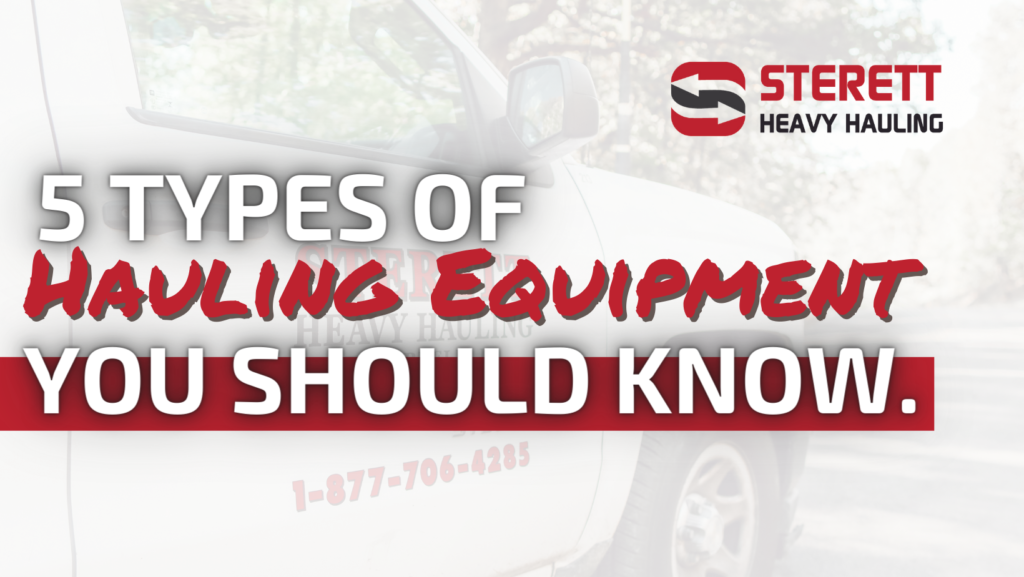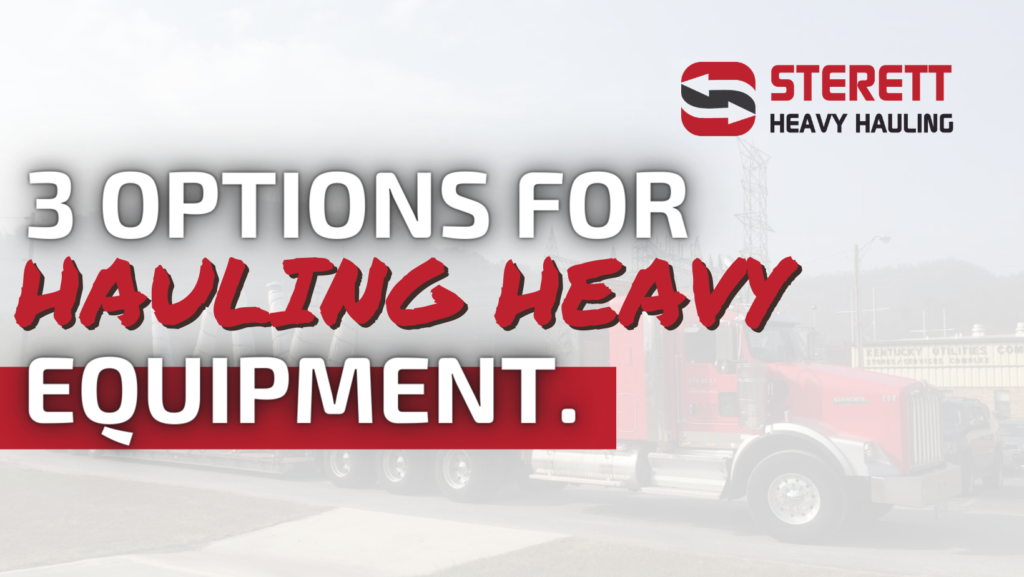Hauling large and heavy items across vast distances might sound like a complicated job especially for people who don’t have experience doing so. The process usually involves several technical aspects that you might not be familiar with, and in this article, we’ll try to address that issue.
Below, we’ll give you a basic understanding of what heavy-hauling is all about. We’ll provide answers to some of the most frequently asked questions regarding the subject, as well as what all of it might mean for you. Let’s begin.
What is heavy-hauling?
Let’s first define what heavy-hauling actually is and how it differs from other types of hauling. Basically, it is a service that involves the transport of oversized goods from one location to another. The distance between the two locations can be great—usually across cities and even countries.
As to how heavy-hauling is different from the regular kind of hauling, it is a simple matter of sheer scale. Because of the size and weight of the objects being transported, specialized machines, vehicles, and handling methods are needed to safely and effectively move them.
To get into specifics, heavy-haul shipments generally display the following characteristics:
- They exceed a width of 8.6 feet, a height of 13.6 feet, and a length of 53 feet.
- They weigh more than 80,000 pounds.
What are the practical uses of heavy-hauling?
Heavy-hauling is used in many different industries. They are frequently used in the transport of construction equipment and materials, military equipment, industrial machinery, and fuel.
What are the types of heavy-hauling equipment?
There are many different kinds of heavy machinery needed in heavy-hauling, and each one is designed for a certain function. Let’s categorize them into two main types: transport equipment and loading/unloading equipment.
Transport equipment includes the machines needed to traverse roads, which are comprised mainly of tractor units and flatbed trailers. The tractor unit is what pulls the load forward, while the trailer is where the load is secured in place. There are subtypes for both tractor units and trailers, and each one is designed for a certain type of load or weight capacity.
On the other hand, loading/unloading equipment can include other heavy machines like cranes, forklifts, loaders, and bulldozers. These are all used to lift the load onto and off the trailer.
Legal considerations to keep in mind
When seeking the help of a professional heavy-hauler, there are a few points you need to keep in mind. First, heavy-haul jobs usually require permits before traveling. Laws can vary between states and permits are issued on a per-shipment basis, which means that you’ll need to acquire these documents frequently.
Next, federal laws also require certain elements for every heavy-haul transport. These may include the installation of special safety signs, flags, and lights on whatever vehicle will be used for the task. For some jobs, pilot cars that escort the heavy-haul transport along the route are also needed as an added safety measure.
Wrapping up
With these in mind, it’s always best to use the services of professionals for all your heavy-haul needs. They’ll have all the right equipment and expertise needed to help you get your goods from point A to B without a hitch.
We’re a heavy-hauling company with plenty of experience transporting all sorts of oversized goods across the 48 lower US states. If you need our services, get in touch with us and we’ll be happy to help!



